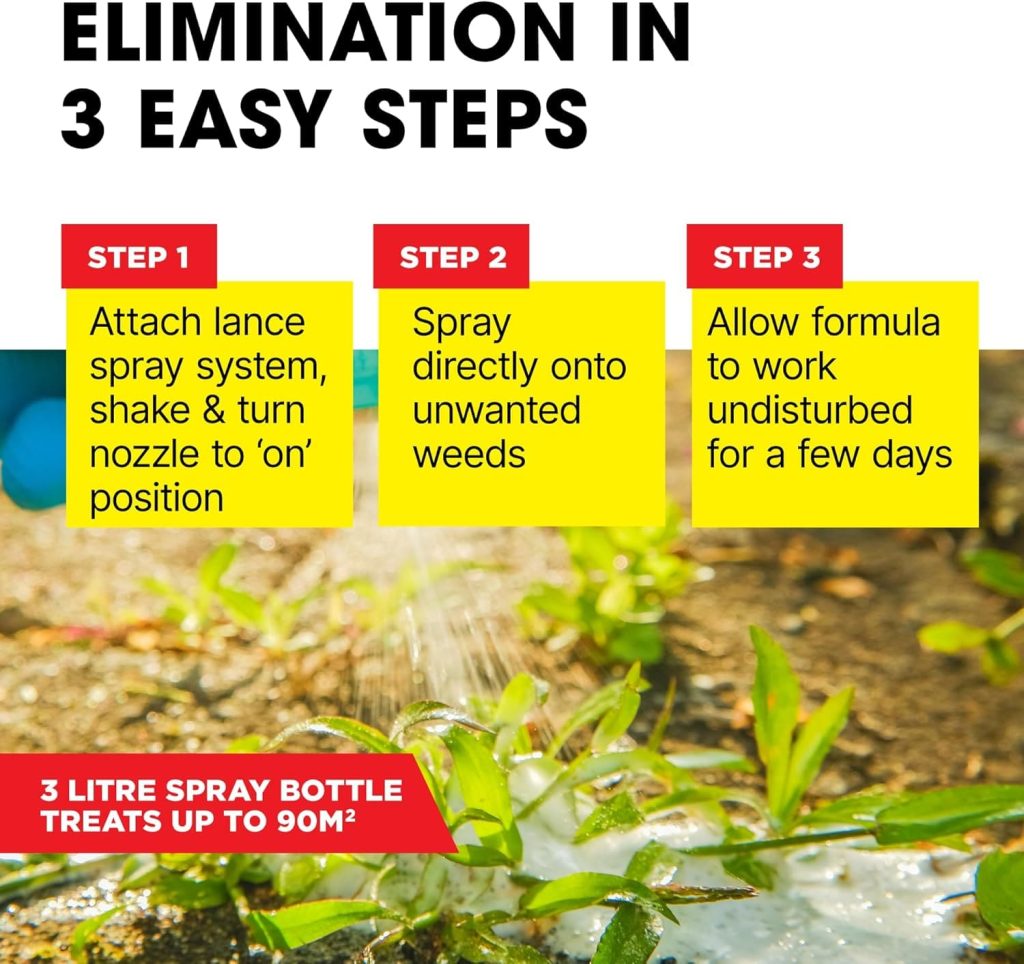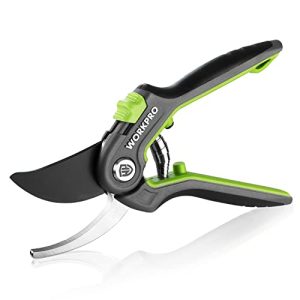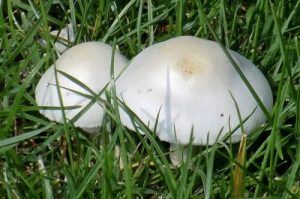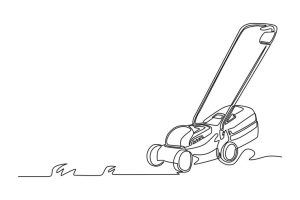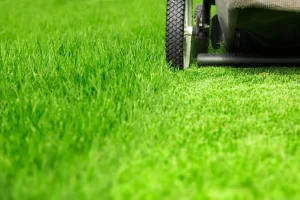Weeds can be relentless invaders in your garden, sapping nutrients and space from your beloved plants. You’ve decided to take action with a weed killer, but now you’re left wondering, “How long does it actually take for these products to work?”
You’re not alone in this quest for clarity. Knowing when you can expect results can help you plan your gardening activities and bring back the beauty of your outdoor space sooner. You’ll find that understanding the timeline of weed killer effectiveness can save you time, effort, and perhaps a bit of frustration.
Dive into this article to uncover the secrets behind weed killers and empower yourself with knowledge that could transform your garden. Are you ready to see those pesky weeds disappear for good? Keep reading, and let’s find out together.

Credit: www.amazon.co.uk
Factors Affecting Weed Killer Speed
Environmental conditions, weed type, and weed killer formulation influence how quickly weed killers work. Warm, sunny days can speed up the process, while rain may delay it. Understanding these factors can help manage expectations for weed control effectiveness.
Understanding how long weed killer takes to work can be as perplexing as choosing the right product itself. Several factors influence the speed at which a weed killer shows results. Knowing these can help you manage your expectations and make informed decisions for your garden or lawn.Type Of Weed Killer
The type of weed killer you choose significantly impacts the time it takes to see results. Contact weed killers are known for their quick action, often showing visible results in hours. Systemic weed killers, however, take longer as they move through the plant to kill it from the roots, which can take days or even weeks. Your choice should align with your patience level and the urgency of the situation. If you have a garden party in two days, a contact weed killer might be your best bet.Weather Conditions
Weather conditions can either speed up or slow down the effectiveness of weed killers. Warm, sunny days are ideal as they help the chemicals work faster. On the other hand, rain can wash away the product before it has a chance to work. Windy conditions may also disperse the spray, reducing effectiveness. Planning your weed-killing activity around the weather can save you time and effort.Plant Type And Growth Stage
The type of weed and its growth stage can alter how quickly a weed killer works. Younger, actively growing weeds are more susceptible and respond faster to treatment. Mature or perennial weeds may require more time and possibly multiple applications to see significant results. A keen eye on the type of weeds invading your space can guide you on the right product and timing. Are the weeds fresh and green, or are they stubborn survivors from last season? Incorporating these factors into your weed management strategy can lead to a more efficient and satisfying gardening experience. Whether you’re in a rush or taking a long-term approach, understanding these elements will help you achieve the best results.Common Types Of Weed Killers
Understanding the types of weed killers helps in making effective choices. Different weed killers target weeds in specific ways. Knowing their characteristics can improve your garden care strategy.
Contact Weed Killers
Contact weed killers act on the surface of leaves. They require direct contact with the plant. These work quickly, often within hours. They are ideal for annual weeds. The visible results are fast.
Systemic Weed Killers
Systemic weed killers move through the plant’s system. They reach the roots, ensuring complete elimination. These take longer to show results. They are effective against perennial weeds. The results may appear in a week or two.
Selective Vs. Non-selective
Selective weed killers target specific plants. They leave other plants unharmed. These are perfect for lawns with grass and weeds. Non-selective weed killers kill any plant they touch. They should be used carefully. Ideal for clearing large areas or paths.
Typical Timeframes For Weed Control
Understanding the timeframe for weed control is crucial for effective gardening. Different weed killers offer various results, from immediate to long-term. Knowing how they work helps manage expectations and plan accordingly.
Immediate Results
Some weed killers start working within hours. These are often contact herbicides. They target the visible part of the plant. Leaves may show signs of wilting quickly. This is ideal for fast-acting scenarios.
Short-term Results
Many weed killers take a few days to show effects. Systemic herbicides are common in this category. They penetrate the plant and disrupt its internal functions. Expect visible changes in three to seven days.
Long-term Results
Long-term weed control involves prevention and ongoing management. Pre-emergent herbicides prevent new weeds from sprouting. Results may take weeks to become noticeable. They offer sustained control over time.

Credit: www.pestrol.com.au
Tips For Faster Weed Elimination
Speeding up weed elimination requires a mix of proper techniques. Applying weed killer correctly helps in achieving faster results. Understanding the role of weather and enhancing the weed killer’s effectiveness can make a big difference. Let’s explore how these factors can help in faster weed elimination.
Proper Application Techniques
Applying weed killer correctly ensures it reaches the roots. Use a sprayer for even distribution. Follow the instructions on the label for best results. Applying too much or too little can affect efficiency. Target the weeds directly, avoiding other plants. Ensure the soil is moist for better absorption.
Optimal Weather Conditions
Weather plays a crucial role in weed killer efficiency. Apply during calm, dry days for best results. Avoid windy days to prevent drift. Rain can wash away the product, reducing effectiveness. Morning or late afternoon is ideal to avoid evaporation. Temperature affects how the weed killer works. Moderate temperatures are best.
Enhancing Weed Killer Efficiency
Mixing the weed killer with a surfactant can improve absorption. A surfactant helps the product stick to the leaves. Some products come with enhancers for better results. Read labels to know if an enhancer is included. Regular maintenance also helps. Remove dead weeds to prevent regrowth. Use a hoe or pull them out by hand. Repeat the application if needed for stubborn weeds.
Signs Of Effective Weed Killer
Understanding the signs of effective weed killer is essential for gardeners. Spotting these signs ensures you’ve chosen the right product. Observing changes in your garden can help you gauge how well the weed killer works. Let’s dive into the visible changes, timeline, and long-term effects of an efficient weed killer.
Visible Changes In Weeds
Initial signs appear within hours. Leaves might start wilting and losing color. Weeds turn yellow or brown. This indicates the weed killer’s action. Some products cause leaves to curl. Roots may become weak, making pulling easier. Watch for these changes to confirm effectiveness.
Timeline For Plant Die-off
Most weed killers show results within 24 hours. Some may take a few days. By the third day, significant die-off should occur. Faster-acting formulas might work overnight. Results vary depending on weed type and product. Monitor progress daily to see changes.
Assessing Long-term Control
Effective weed killers provide lasting control. Look for fewer weeds returning. Some products prevent weed growth for months. Soil might stay weed-free longer. Check for new weed sprouts after application. Consistent results indicate strong control.

Credit: www.amazon.co.uk
Troubleshooting Delayed Results
Understanding weed killer effectiveness can help manage expectations. Most products show results within hours, but full effects may take days. Factors like weather and plant type can influence timing.
Weed killer not working as expected can be frustrating. Results may vary due to several factors. Understanding these can help address the delay and improve effectiveness.Common Application Mistakes
Incorrect application is a frequent issue. Check the label for specific instructions. Using the wrong amount affects results. Too little may not be effective. Too much can harm other plants. Ensure even coverage. Missed spots allow weeds to survive. Timing matters too. Apply weed killer at the right growth stage. Young weeds are easier to control.Environmental Factors
Weather affects weed killer performance. Rain can wash away the product before it works. Apply during dry weather for best results. Temperature is another factor. Extreme heat or cold reduces effectiveness. Wind can also cause problems. It may drift the spray away from the target area. Soil conditions play a role as well. Poor soil drainage can hinder absorption.Solutions For Improved Performance
Read and follow the label carefully. Ensure proper application rate and timing. Consider the weather forecast. Apply during calm, dry days. Adjust for temperature and soil conditions. Use a surfactant for better coverage. This helps the product stick to leaves. Regularly check the results. Reapply if necessary, following the recommended intervals.Frequently Asked Questions
How Do You Know If A Weed Killer Is Working?
Check for yellowing or wilting in weeds within a few days. New growth should stop appearing. Weeds may become brittle and easy to pull out. Dead patches in treated areas indicate effectiveness. Consistent results confirm the weed killer is working.
What Happens If You Spray Too Much Weed Killer?
Spraying too much weed killer can harm beneficial plants and soil health. It may lead to chemical runoff, affecting nearby water sources. Always follow label instructions to ensure safe and effective use.
Is It Better To Spray Weed Killer At Night Or Morning?
Spraying weed killer is best in the morning. Plants absorb it more effectively during early hours. Cooler temperatures and less wind help prevent evaporation and drift, ensuring better application results. Avoid spraying during the heat of the day for optimal effectiveness.
Is It Better To Pull Out Weeds Or Spray Them?
Pulling weeds is eco-friendly and prevents regrowth by removing roots. Spraying is quicker and covers large areas. Choose based on weed type and garden size.
Conclusion
Understanding weed killer timing helps manage your garden better. Most weed killers show effects within a few days. But, some may take weeks. Check product labels for specific details. Be patient during this process. Weather and weed type impact results.
Hot, dry conditions speed up the process. Ensure proper application for best results. Consistency is key. Repeat treatments might be necessary for stubborn weeds. Always follow safety instructions. This ensures a healthy garden environment. Happy gardening and enjoy your weed-free space!

